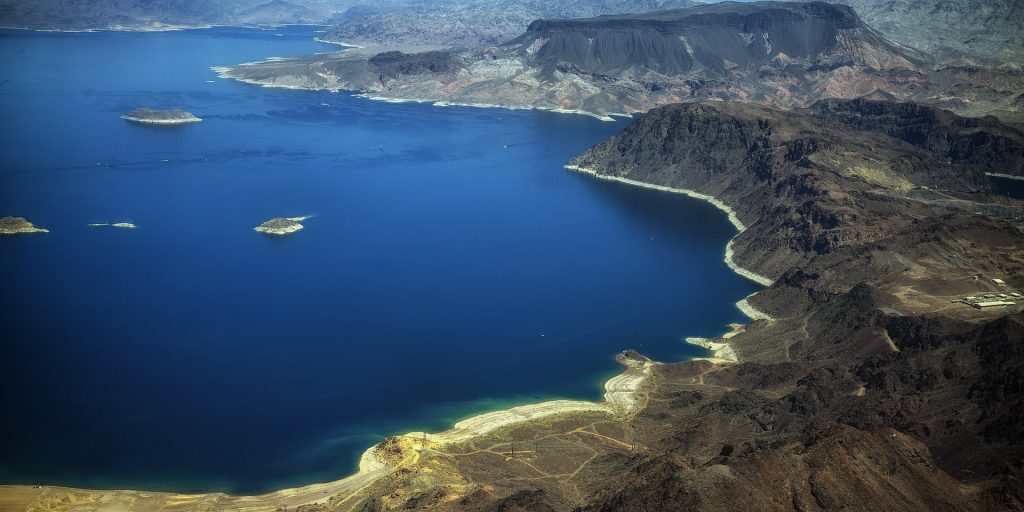Report: Staffing shortages, ‘extreme drought’ driving concerns among water administrators
Amid yet another heat wave, with water usage restrictions posted in communities across the United States, concerns about the nation’s water supply are at an all-time high. From impacts stemming from climate change like responding to natural disasters, to those related to the pandemic, it’s been a difficult few years for the water sector.
The latest report from the American Water Works Association (AWWA), “State of the Water Industry ’22,” outlines these and other hurdles faced by administrators, and expands on those they’ve overcome.
“The water community faced strong headwinds during the past year, due in part to the ongoing global pandemic contributing to supply chain delays and staffing shortages,” an executive summary of the report says. Driven by a changing climate, “concerns about extreme drought and contaminants (have) increased uncertainty about long-term water supplies and regulatory actions.”
While there’s certainly a lot to be concerned about, respondents representing 3,778 North American utility and non-utility professionals expressed optimism—albeit slightly less than in 2021, marking the first year-over-year dip in optimism documented by the report since 2017.
“My view is that water professionals’ accomplishments were miraculous this past year, especially given the extraordinary challenges they faced. I have great confidence in the water community, and I think this is just a one-year dip in the optimism curve. I only see a positive water future,” said David LaFrance, CEO of AWWA.
Respondents were surveyed between October and December of last year, and the unprecedented amount of federal dollars set aside for water-related infrastructure presents a generational opportunity.
“The November 2021 passage of the U.S. Infrastructure Investment & Jobs Act delivered the single largest federal investment in water in history, raising prospects for much-needed investments to renew and replace aging infrastructure,” the report says. “The legislation, known as the Bipartisan Infrastructure Law, reauthorizes many existing water programs and includes an additional $55 billion to improve drinking water and wastewater infrastructure.”
Respondents ranked the sector’s three most pressing challenges as replacing aging infrastructure, financing capital improvements, and making sure drinking water is available in the long term.
An aging workforce and anticipated retirements—continuing a trend accelerated by the pandemic—is another concern, along with educating the public about the value of water systems, and preparing for the next natural disaster.
“Focusing on extreme weather events, the National Centers for Environmental Information reports the United States recorded 22 weather and climate events, with losses exceeding $1 trillion,” the report says. “For six consecutive years (2020 being the sixth), 10 or more billion-dollar weather and climate disaster events have hit the United States.”
Ratepayers are starting to feel the impact. Of those who participated in the survey, more than 71 percent said they intended to raise rates in 2022. They also said they are not deferring rate increases as a means to assist customers with bill payments.
“Affordability is becoming a challenge as costs increase, capital improvement needs grow and our infrastructure ages,” said Marcela Navarrette, vice president, strategic, financial and management services at El Paso Water Utilities, in a statement. She noted, “We’ve been very proactive and successful in obtaining grants and subsidized low-interest loans to help keep our rates affordable. We’ve also partnered with a non-profit agency to provide more than $2 million in financial assistance to our vulnerable customers.”
Administrators are also having a hard time finding enough talent. Staffing shortages, lack of qualified candidates, low pay and marketing the industry as a viable career were among the workforce issues officials are most concerned about.
“To expand the pool of job candidates with the technical and scientific skills needed, water systems are reaching out to veterans, participating in training programs at high schools and technical colleges, and streamlining certification processes. They are also discussing the benefits of advancing diversity,” the report says.




















